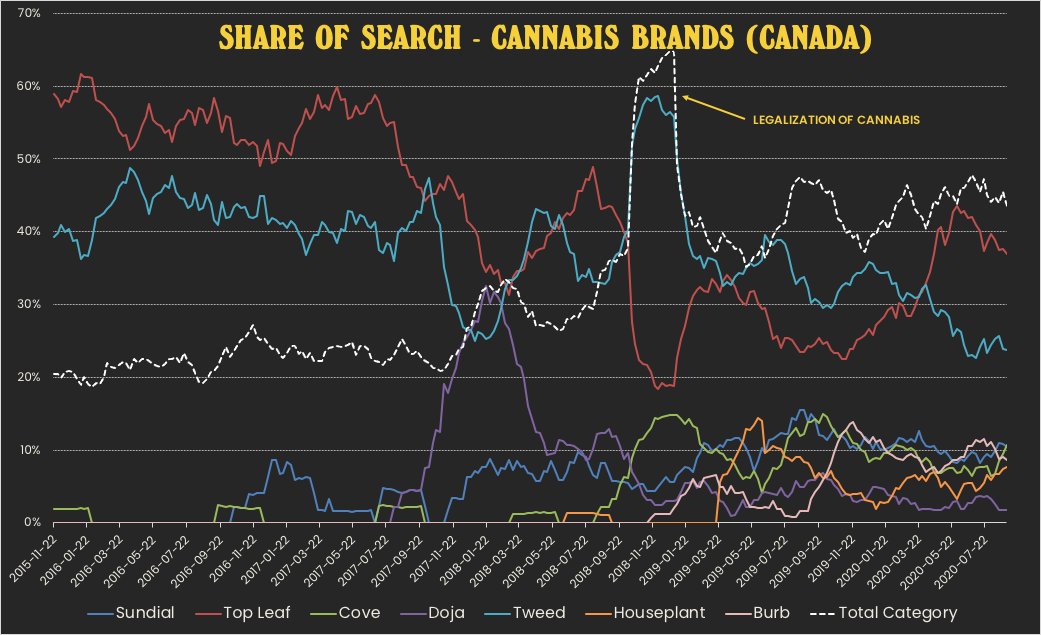
This is a violent roller coaster of emotions because I find myself strongly agreeing and disagreeing with every alternate statement. It's a good read for anyone trying to grow a brand, and interesting to see the challenge of growing a brand through a different perspective.
https://twitter.com/binghott/status/1520043985728901121
My take:
"Those mega brands were established in a time before the internet when TV ads were more common and not skippable. " YES - different environment now, no doubt
"Consumers have changed." NO
"Marketing has changed." NO
marketingweek.com/ritson-new-nor…
"Those mega brands were established in a time before the internet when TV ads were more common and not skippable. " YES - different environment now, no doubt
"Consumers have changed." NO
"Marketing has changed." NO
marketingweek.com/ritson-new-nor…
"Most modern ads are completely skippable. You have to make people *want* to watch." YES
"Your entire ad should not be plastered with overlays of your brand's fonts, colors, taglines, or logo. Especially in the first 3 seconds." NO - you need all 3 system1group.com/achtung
"Your entire ad should not be plastered with overlays of your brand's fonts, colors, taglines, or logo. Especially in the first 3 seconds." NO - you need all 3 system1group.com/achtung
"Build brand loyalty by having a brand AND a product that people are familiar with and enjoy." YES
"Being less branded and more authentic with your ads allows more viewers to understand the experience of your brand and product." NO - branding isn't a detriment to experience...
"Being less branded and more authentic with your ads allows more viewers to understand the experience of your brand and product." NO - branding isn't a detriment to experience...

If it is, you're doing it wrong.
"Once you grab people with your ads, they'll experience your brand through your site, emails, your packaging, and using the product." - YES
But that doesn't mean you have to 'trick' them into liking you.
"Once you grab people with your ads, they'll experience your brand through your site, emails, your packaging, and using the product." - YES
But that doesn't mean you have to 'trick' them into liking you.
I think Barry and I agree that most ads are shit and we need to put more time and effort into making them interesting and relevant. That's the way to grow.
But good ads look like ads.
"People read what's interesting to them. Sometimes, it's an ad." - Howard Gossage
But good ads look like ads.
"People read what's interesting to them. Sometimes, it's an ad." - Howard Gossage

• • •
Missing some Tweet in this thread? You can try to
force a refresh






